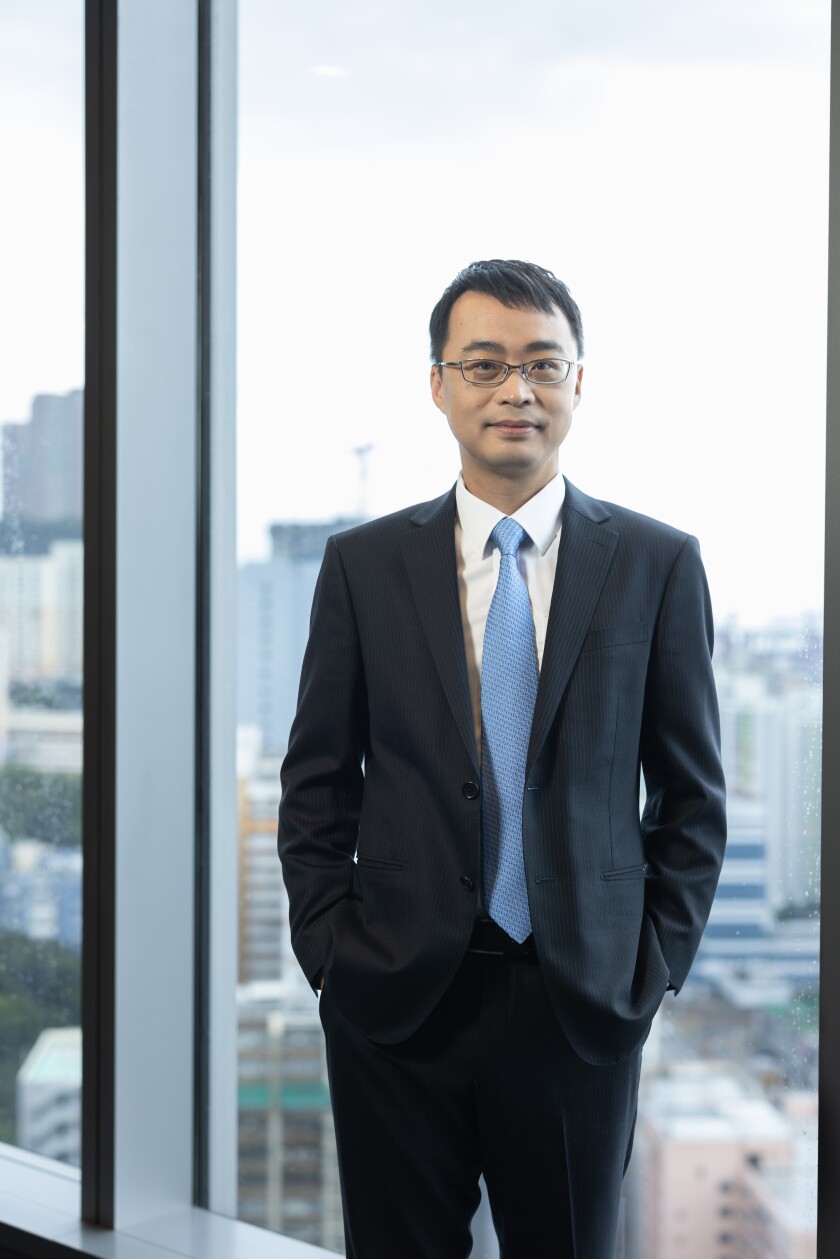Announced in May 2022, SEA-H2X is a 5,000km system that will span Hong Kong SAR China, Hainan China, Philippines, Thailand, East Malaysia and Singapore, with options to extend to Vietnam, Cambodia, West Malaysia and Indonesia.
The project is a joint venture lead by a consortium made up of China Mobile International Limited (CMI), China Unicom Global (CUG), Converge Information and Communications Technology Solutions (Converge) and PPTEL SEA H2X Sdn. Bhd (PPTEL SEA-H2X), with HMN Technologies assigned to build the cable.
Speaking to Dr Lin on the decision to build this system he shares that it is wider industry-wide trends making the need for such infrastructure necessary – specifically cloud, increasing digitalisation, 5G and the internet of things (IoT).
"The market growth of Asia-Pacific (APAC) is continuously increasing. Digital infrastructure, not only submarine cables, but also data centres and points of presence (PoPs), in APAC have always been one of the most important parts of CMI’s global deployment," he says.
"Based on the above framework, to strengthen the bandwidth and diversity of submarine cables within the region, and to benefit Regional Comprehensive Economic Partnership (RCEP) countries in Southeast Asia, we decided to build SEA-H2X submarine cable."
According to Dr Lin, SEA-H2X will be the first international subsea cable to have two southbound landing stations, Hong Kong and Hainan, a nod to what the H2 in the cable's name stands for.
"SEA-H2X will also be the first international submarine cable connecting Hainan Province, the biggest Special Economic Zone and Pilot Free Trade Zone in China, where China Mobile just set up an international gateway and completed a submarine cable connecting Hong Kong and Zhuhai in 202," he adds.
With a growing number of subsea cable projects either as privately built systems or as being led by or at least involving a hyperscale/OTT partner, SEA-H2X is an exception as a purely carrier led system.
Dr Lin says that this approach was taken because it aligns with their goal to build "an open platform for partners in the region to enhance not only the connections between their countries and hot spots of the region, but also among most countries in the region".
He adds that CMI remains open to various types of cable projects working with not only carrier partners but also hyperscale/OTT partners.
"CMI is trying to push multiple types of network designs even in the same region, hoping to fulfil different types of demands," he says.
"Different partners will choose different projects based on the concept of design and their own requirements. CMI is very open to providing SEA-H2X capacity to or enter into capacity cooperation with hyperscale/OTTs as well as other customers."
Once operational SEA-H2X will enable a number of use cases and benefits for the region, which Dr Lin includes "high-speed, low-latency, and low-cost data connections for customers" and it will "further accelerate economic development of its members; it will also boost unimpeded trade, communication, financial integration along the route".
At the time of the announcement, it was confirmed that SEA-H2X will use technologies such as "state-of-the-art optical submarine transmission equipment" from HMN Tech.
Dr Lin expands on the technical configuration of the system explaining that it will consist of "at least 8-fibre pairs between Hong Kong SAR and Singapore, with a design capacity of 160Tbps to meet the growing bandwidth requirement in the region".
In addition, SEA-H2X will use an open system model, granting it the "flexibility to choose best-in-breed submarine line terminal equipment (SLTE) from third-party vendors at a later date. HMN Tech’s advanced branching unit (BU) and reconfigurable optical add/drop multiplexer (ROADM) will benefit SEA-H2X in providing the ultimate flexibility of electrical power and optical fibre switches across multiple locations".
With a number of cable systems interconnected both terrestrially or with other subsea connectivity, Dr Lin explains more of the cable's formation. On the Chinese side of the system, he says that "the SEA-H2X Hong Kong SAR landing station is in CMI’s HK local ring, and will have protected open access to multiple cable systems including APG, SJC, C2C, SJC2, H2HE, as well as a 5-route terrestrial system with Mainland China, extending the coverage to the whole APAC".
In Singapore, he shares that the SEA-H2X landing station will connect to CMI’s SG local ring, and similarly will have protected open access to APG, SJC, C2C, TGN-IA, SMW-5, AAE-1, SJC2, IAX+IEX, extending the coverage to South Asia, Middle East, Europe and Africa.
"Thanks to the well-arranged connections with other terrestrial and submarine cables systems, SEA-H2X's coverage will not be limited to Southeast Asia but will also be extended to Northeast Asia and then to North Americas, as well as to South Asia, Middle East, Europe and Africa," he adds.
Connecting mostly directly into data centres, in Hong Kong SAR, Dr Lin says that SEA-H2X will land in Tseung Kwan O, "dropping capacity in CMI’s self-owned data centre GNC and the upcoming data centre in Fo Tan, and via CMI’s local ring can reach Mega-I and Equinix HK1"
Over in Singapore, the system will land in Tuas, "drop capacity at Telin-3 and Equinix SG5, and via CMI’s local ring can reach Equinix SG3, Global Switch, as well as CMI’s self-owned IDC in Tai Seng, Singapore".
By adopting this landing arrangement, he says will support the concept of open access of the system, which Dr Lin says, "will benefit all partners, and accelerate the development of relevant markets".
With a tentative ready for service date of 2024 work for the project is likely already in full-swing but that might not be the end of the story for CMI.
"The purpose of SEA-H2X is not only to provide a new route from China to Singapore, but also to strengthen access to Southeast Asia countries," explains Dr Lin.
"Keeping this in mind, other than waiting for the RFS of SEA-H2X, CMI will keep exploring opportunities to extend the cable system to Cambodia, Indonesia, Vietnam and other Southeast Asia countries together with potential partners."






